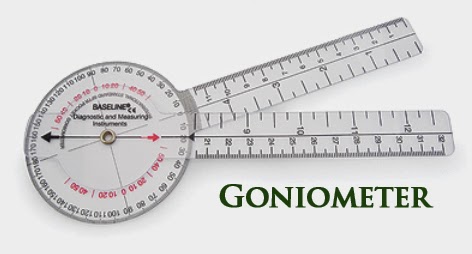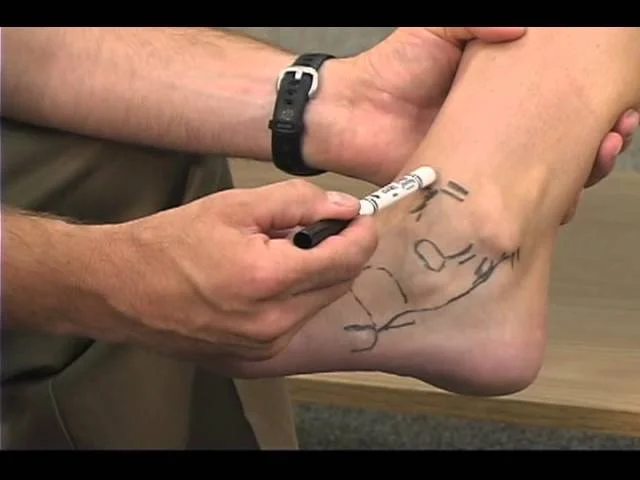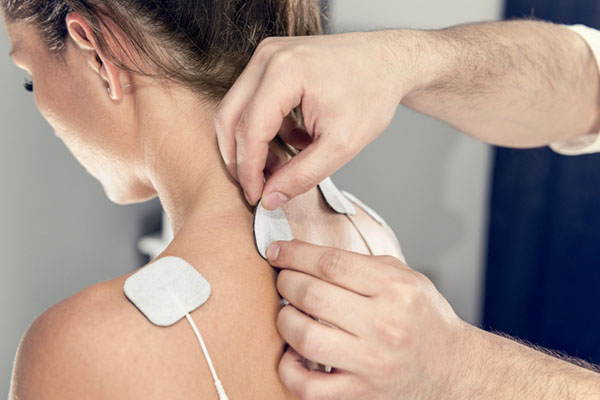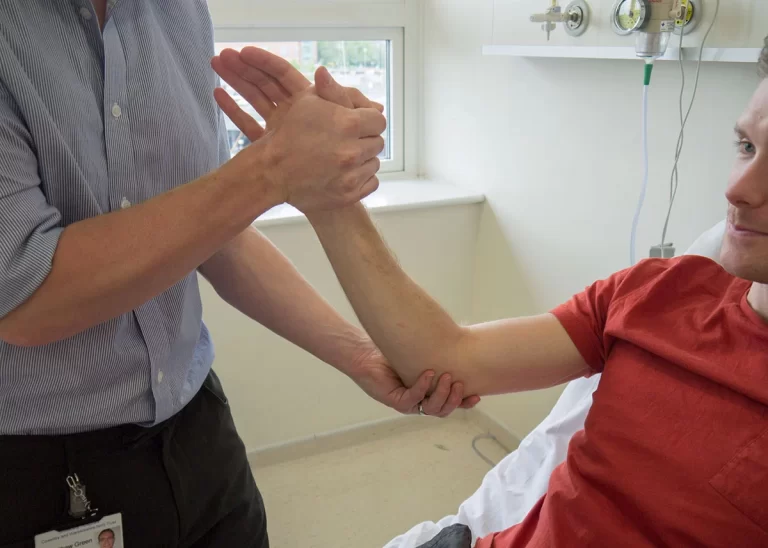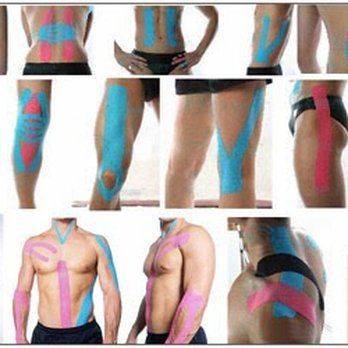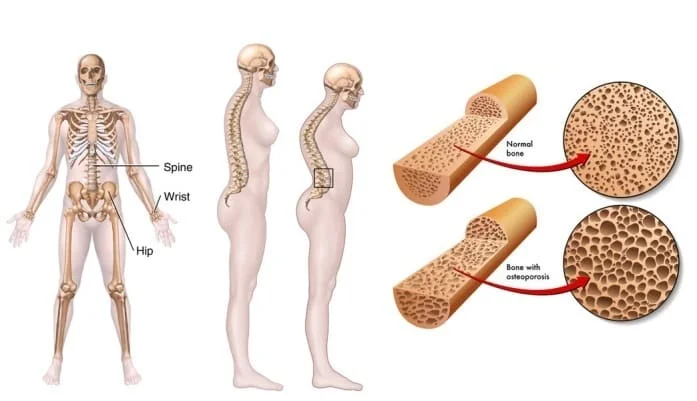Range of Motion (ROM)
What is a Range of Motion (ROM)? Range of Motion (ROM) refers to the measurement of movement around a specific joint or body part. It is a critical component of assessing and evaluating an individual’s flexibility, mobility, and functional abilities. ROM measurements are commonly used in various fields, including physical therapy, rehabilitation, sports medicine, and…

